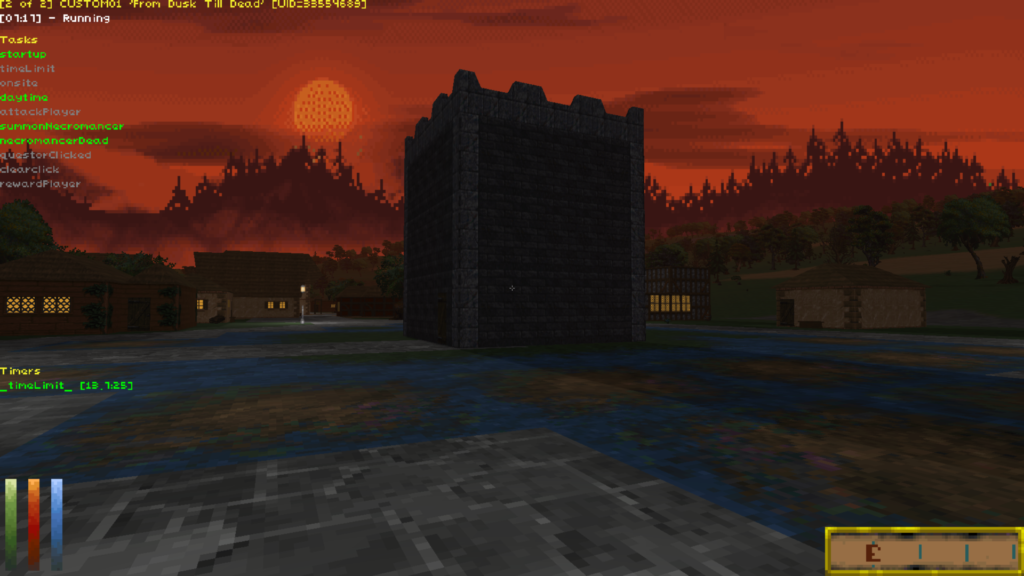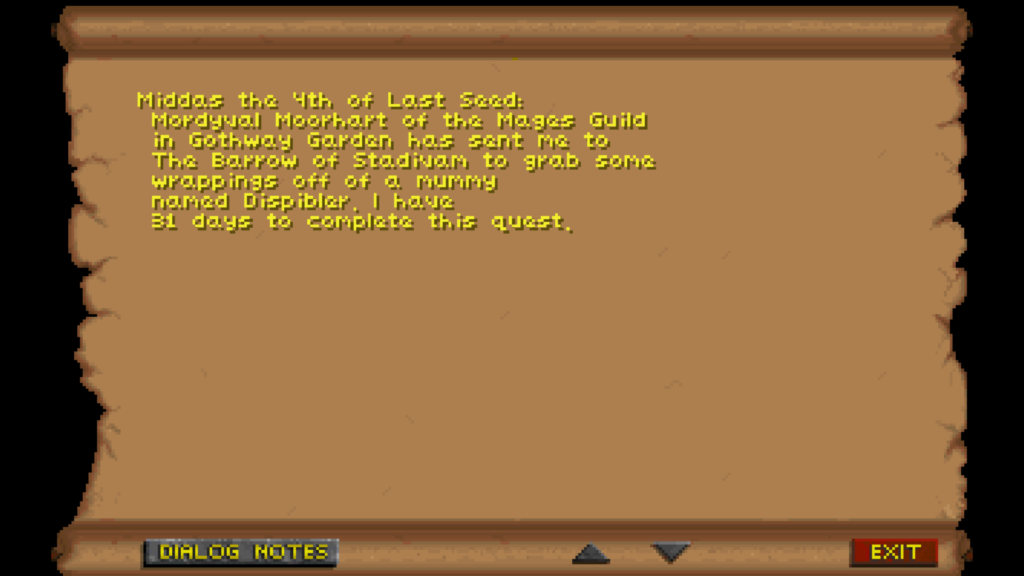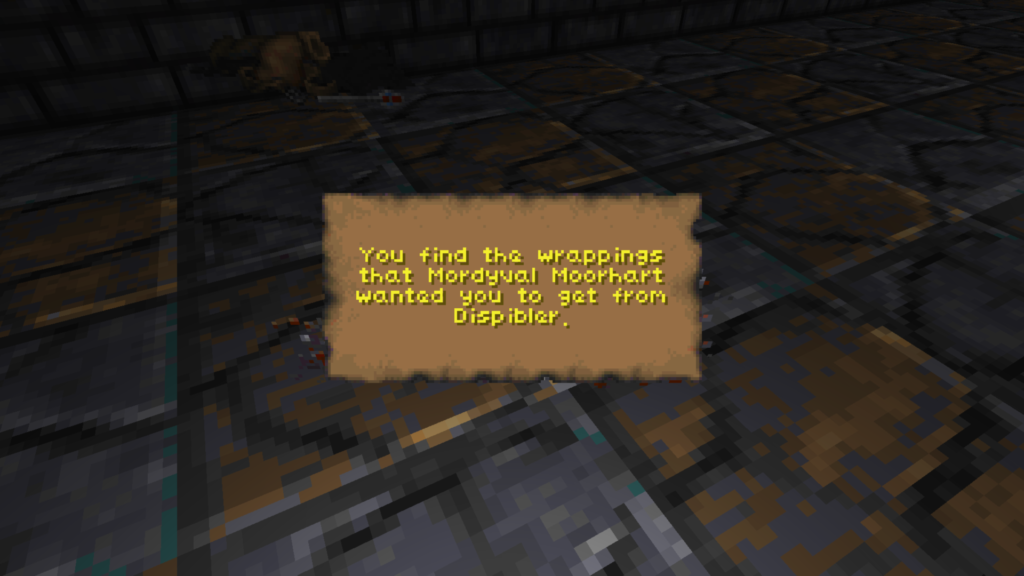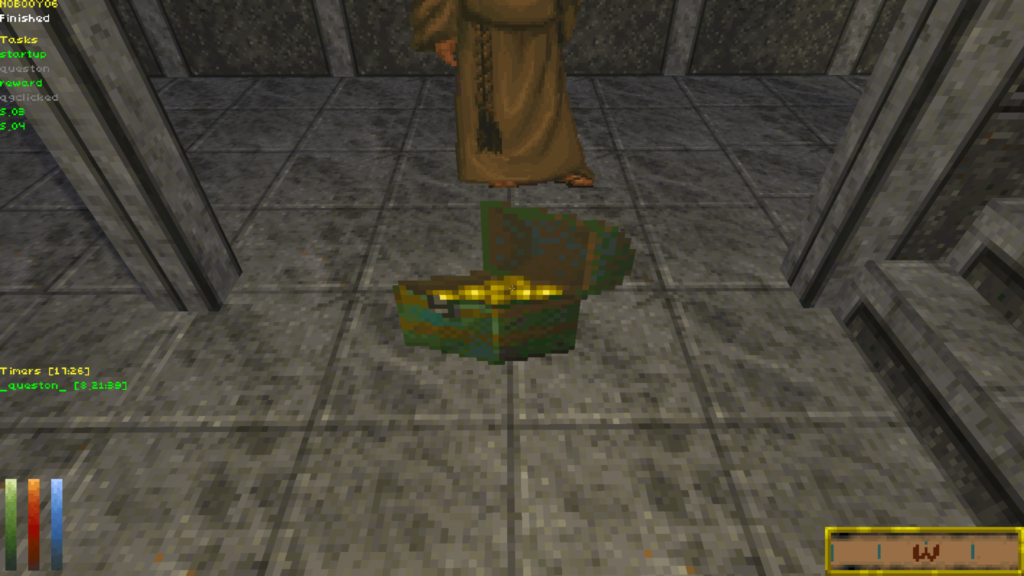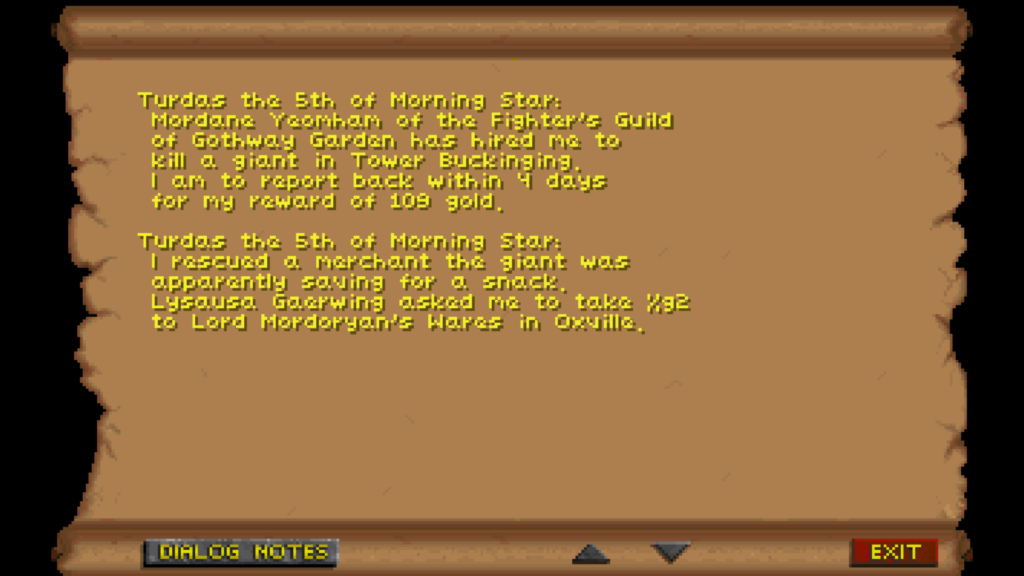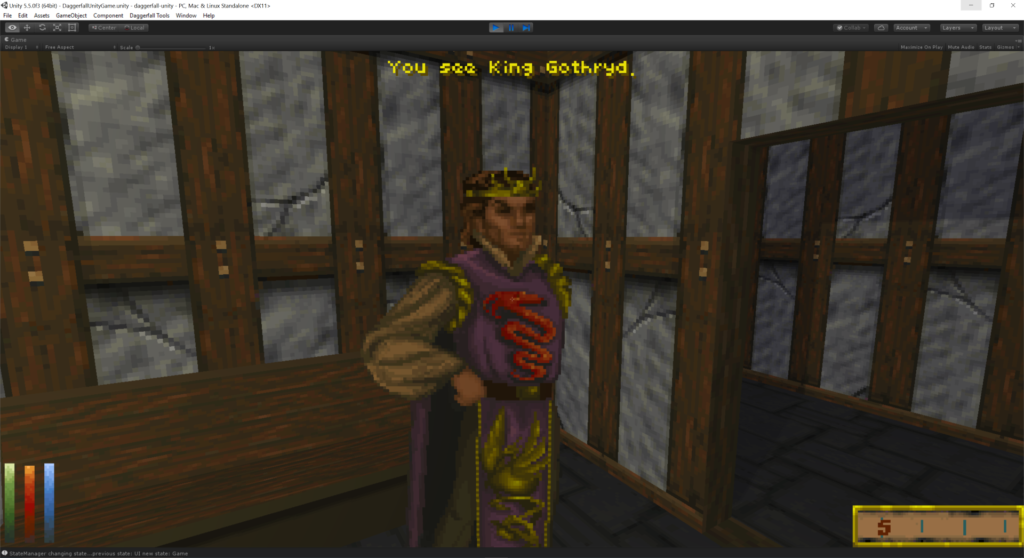I’ve had my head in the quest system for several months and really needed a short break. I also happened to need a solution for spawning enemies outdoors in cities (for example, the ghosts and wraiths in Daggerfall at night) and noted there was a good amount of overlap between spawning enemies and NPCs in town environments because they all need to avoid placement inside building geometry. And whatever solution I use for placement could probably be used for navigation as well. I had scheduled wandering NPCs for 0.5 cycle, but decided to make an early start on this while solving town placement and navigation. And what better way to test this solution than to actually watch NPCs walk around?
The first problem I had was how to find an appropriate placement position. My initial idea was to use the foliage placement array in exterior data. This formed a nice grid over each block, but it also marched over water and under buildings. That would not be suitable. I considered just dropping in mobiles and using a combination of rays and colliders to refine their position until they found open space, but that approach seemed way too messy and inefficient.
That’s when I had a eureka moment thinking about how perfectly automap image data lined up with the game world. Take the below screenshot as an example. In game, I’m standing outside the Odd Blades looking at the entrance door. On the automap, once unit conversions are done, I’m in exactly the same place.

So Daggerfall’s automap perfectly skins building footprints. This should mean I can take the inverse of automap data to work out which parts of the environment are open. I quickly prototype by placing white cubes on open environment and avoiding the building footprints. Take a look at the results.


This is beyond perfect. The automap doesn’t just contain data for building footprints, but for flat placement and decorative geometry as well. I have a strong suspicion Daggerfall also uses the automap data in this manner, it’s just too precise and detailed to be a coincidence.
With a solution in mind, I now have to execute the idea. I create a new class called CityNavigation which is added to the location GameObject at scene layout time by StreamingWorld. This constructs a navigation grid at the same time location and automap data is read so only a small amount of additional processing is done per location. With the inverse of automap blocked out, we get the following:

This is good – the white areas can be used for placement and navigation, but it’s not perfect. It also needs to account for tilemap under location. We can’t place NPCs on water tiles, and they should try to avoid those tiles when walking around. Rather than just block out unwalkable tiles, I take this one step further and allocate each tile a specific weight, where a higher weight means the tile is more favourable. Here’s the final navgrid where black areas are “no-go” and brighter areas are preferred over darker areas. You can probably see right away this creates a strong preference for the road network:

What you can’t see in the above image is that each weight occupies the upper 4 bits of a single byte. The lower 4 bits are reserved for a flag system, giving me up to 4 bits to control NPC behaviours. This will be important later in this article.
Now that I have a nice procedurally generated map of any exterior location, the next problem is converting between all the different coordinate systems. If you’ve ever tried to make a big world in Unity, you’ll know that precision problems kick in after a few thousand scene units or so from origin (position 0,0,0 in world). This manifests itself through jittery movement and shadows, imprecise feeling of control, and issues with physics system. The game map in Daggerfall rocks in over 819,000 x 409,000 scene units, way beyond what Unity can handle with fine floating-point precision. I overcame this challenge very early on by using a fixed point coordinate system for the world (Daggerfall units) and normal floating point units for the scene (Unity units). The world is built around the player in chunks close to origin, and when player runs too far in one direction, the whole world is brought back towards origin. To the player it feels like they are running continuously through a huge open world, when in fact the world is being constructed around them one chunk at a time. The player never moves more than 1000 units from origin in the X-Z plane.
What does all of this have to do with the navgrid above? Well, now I have yet another coordinate system to glue together. I have not only the Daggerfall units and Unity units, but the X,Y position inside the navgrid array where any virtual mobile objects have to move around. So the next thing I do is write some helpers in CityNavigation to convert from navgrids to world space, world space to scene space, and back again, and so on. This chewed up a solid chunk of Sunday to get working properly, and there’s still a few precision issues due to the large differences in scale. Something to refine down the track.
With all the math out of the way, I can now start placing mobile NPCs into the world. One problem though, I hadn’t written any code to render wandering NPCs yet. So I started with these guys just to confirm the navgrid through scene conversions were working. Sometimes in game development, you have to bust out some programmer art to get the job done.

With placement working, next came the process of building the mobile NPC billboard properly – including that stop-and-stare thing they do when you get too close to them.
Town NPC Billboards
[gfycat data_id=”YawningGrotesqueBluegill”]
With rendering done, I can start moving them around the navgrid using a simple motor. They will generally follow roads when encountered (because roads have a higher weight), but there’s enough randomness to let them change directions and wander around elsewhere on the grid.
And do you remember me mentioning the navgrid can store flags in the lower 4 bits? The first flag I created is an “occupied” bit that lets a mobile claim a navgrid tile before walking into it. This prevents two or more NPCs trying to occupy the same tile at a time. The next clip shows the mobile movement, path following, and dynamic avoidance of each other. I’ve cranked up the spawn count and movement speeds because it helps me observe the behaviour (and it’s kind of fun to watch).
Mobile Pathing and Dynamic Avoidance
[gfycat data_id=”ActualFondGrouper”]
Despite everything accomplished, I still have more to do. The next step is working out which races are placed in which towns. I put my travelling boots on and tracked around classic Daggerfall’s world until I found which races appeared in which climate zones. I built this into the helper which returns climate data for texture swaps, etc. and now the correct NPC races (either Redguard, Nord, or Breton) will appear across the game world.

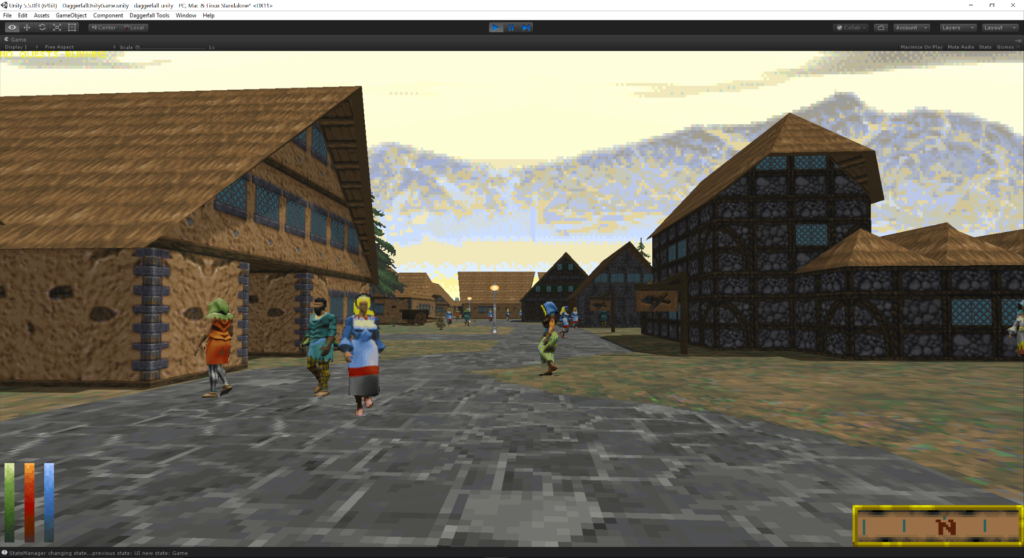

The final step was to build a PopulationManager class. This code handles spawning/despawning of NPCs around player as you move through town environments so the location feels populated. After a bit of experimentation, I used a population index per 16 RMB blocks so that small towns feel like they have a smaller overall population than large cities. One of my challenges here is the draw distances in Daggerfall Unity are huge compared to classic Daggerfall. While classic can place NPCs safely in the fog out of sight, in Daggerfall Unity you can see two full city sizes distant across the map. This means that hiding pop-in and pop-out of NPCs is a little trickier. For now, I mitigate this by trying to only show or hide NPCs when player is not looking directly at them (as Daggerfall does) and only allow them to pop-in when a certain distance from player.
There’s still a few bugs to iron out. You can still catch them pop-in nearby if you happen to look in the right direction at the right time, and they sometimes glide slightly in the wrong direction on spawn due to precision issues as they align to the grid. And of course you can’t talk to them yet, because the “talk” system won’t be introduced until 0.5 sometime. But overall, the feeling of crowds is quite satisfactory and Daggerfall-ish, and it’s wonderful to finally see these sprite people bustling around cities.
I hope you enjoyed reading about some of the work that goes into creating even a small feature like this one. If you’d like to read more, I try to post regular micro-updates to my Twitter feed @gav_clayton.




